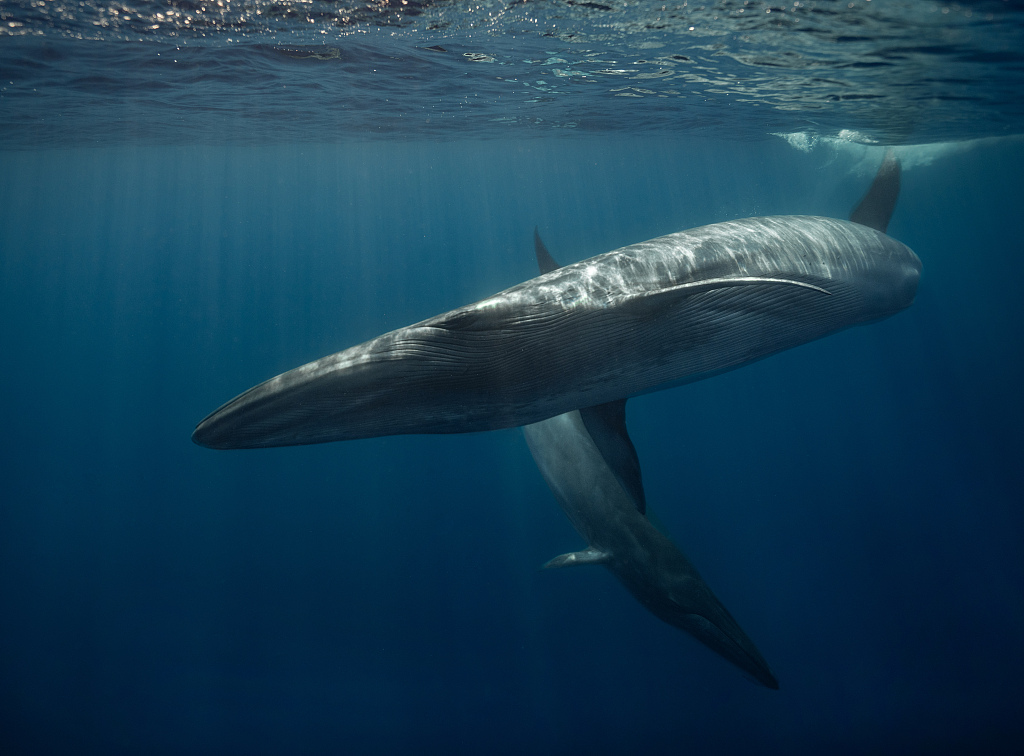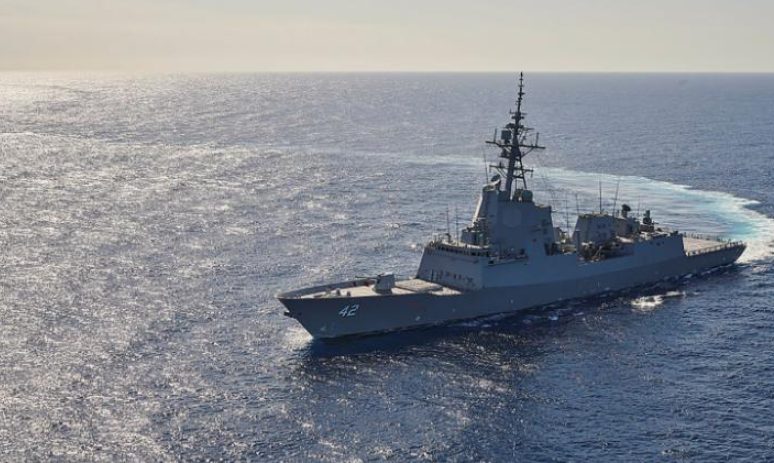MAY 13 2021 AN AUSTRALIAN DESTROYER FOUND TWO DEAD WHALES ON ITS HULL AFTER DOCKING IN SAN DIEGO, CALIFORNIA, OVER THE WEEKEND, THE ROYAL AUSTRALIAN NAVY SAID.
The Australian Navy said in a statement that the dead whale was found near the cruiser Sydney, CNN reported Tuesday. The statement said the Australian and U.S. navies, as well as the National Oceanic and Atmospheric Administration’s fisheries department, which oversees marine resources, are investigating.
Reported that the dead whale is a bearded whale, is the world’s second largest whale species after the blue whale, one of which is 65 feet long (about 20 meters) long, the other is 25 feet long (about 7.6 meters).

According to a report released by the National Oceanic and Atmospheric Administration’s Fisheries Department, the minke whale is listed as an endangered species, and there are currently about 3,200 minke whales on the west coast of the United States. Reported that the whales were once widely hunted, but now their biggest threat is to be hit by ships.
The Sydney cruiser is a 481-foot-long guided-missile destroyer with a displacement of 7,000 tons. The hull extends 23.6 feet (about 7.2 meters) below the waterline. The Australian Navy says it is the latest in an Australian fleet to enter service a year ago. The ship tested its combat system during an exercise off the coast of California and sailed to San Diego on August 8.
Carl Schuster, a former U.S. Navy capt, said attacks on whales by naval vessels were rare. “Whales can hear boats a few miles away, often using medium- and high-power low-frequency sonar to avoid them because they interfere with their hearing.” Schuster said low-frequency sonar can confuse whales in shallower waters, but the ship is equipped with high-frequency sonar.
A report on whale attacks by the National Oceanic and Atmospheric Administration’s Fisheries Division says they can occur when whales forage and migrate in coastal waters, especially in busy shipping lanes near California.



